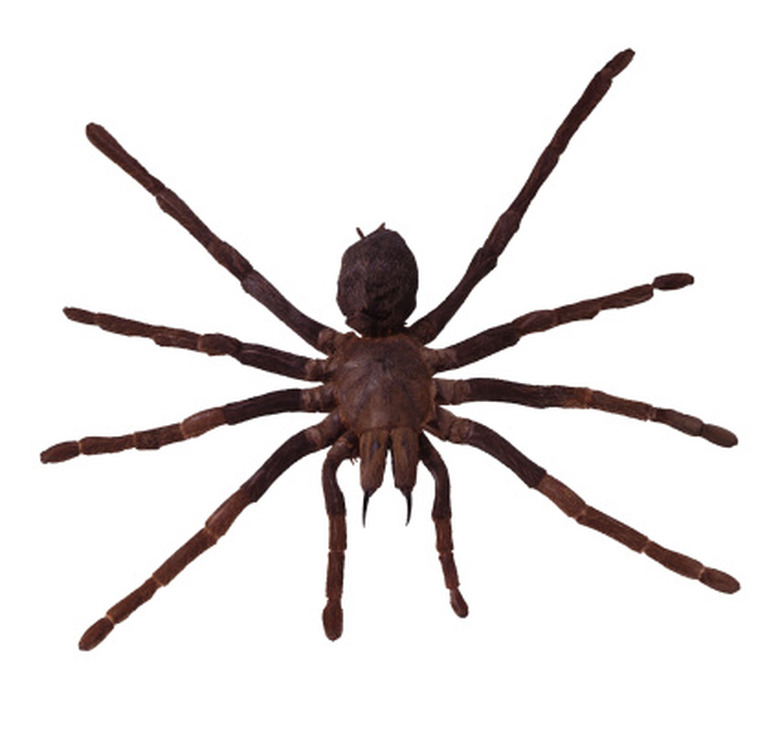Largest Spiders In Michigan
Spiders can be found in all regions of the world. But in Michigan, the size of spiders can range from the size of a pea to almost 4 or more inches depending on the type of spider. Two commonly-seen spiders in Michigan are black widow and brown recluse spiders.
Wolf Spider
The wolf spider is sometimes mistaken for the brown recluse spider. What makes the wolf spider easier to identify from other spiders is its brown to gray color with various markings or lines and, most importantly, its abundance of hair. Wolf spiders range from about 1/2-inch to 2-inches long. Females carry their large egg sacs around with them. When the baby spiders hatch, they climb around on the mother's back and that can make the spider appear bigger.
- Spiders can be found in all regions of the world.
- Two commonly-seen spiders in Michigan are black widow and brown recluse spiders.
Fishing Spiders
The fishing spider resembles a larger version on the wolf spider. Most notably, Dolomedes tenebrosuses are considered to be one of the biggest types of fishing spiders. Female fishing spiders are 1/2 to 1-inch long. The males are about half that. Some fishing spider have a leg span of 3 inches. Fishing spiders can be found on or near tree trunks at night.
Nursery-Web Spiders
Female nursery-web spiders make a web for their young so they can be protected from any harm. Nursery-web spiders also have a 3-inch leg span. A primary nursery-web spider seen in Michigan is the Pisaurina mira , which can be 1/2-inch to 2-inches long. Most Pisaurina miras can be found near the water hunting for prey or near a forest.
- The fishing spider resembles a larger version on the wolf spider.
- Most Pisaurina miras can be found near the water hunting for prey or near a forest.
Black and Yellow Argiope Spider
The black and yellow argiope spider can be found in Michigan spinning webs like a circle. They can normally be found in trees, fields and gardens. The female of the species grow larger than the males. Female argiope spiders grow to 1 1/2-inches long, while the males are normally 3/4-inches long. They are normally very active during the day and may be found roaming through many gardens in Michigan.
